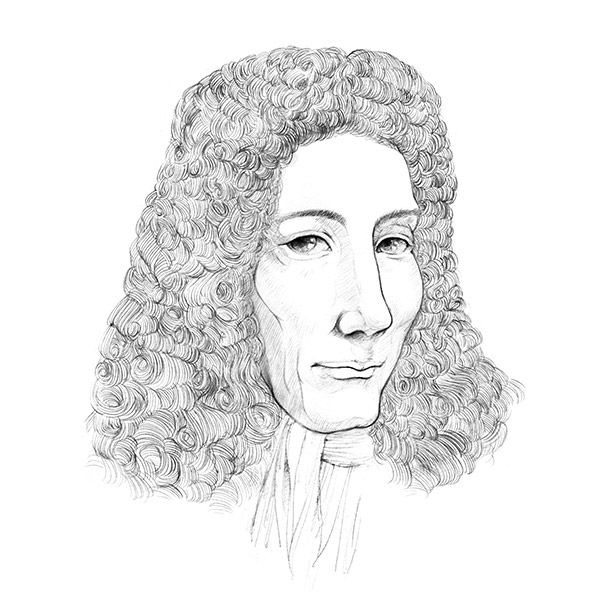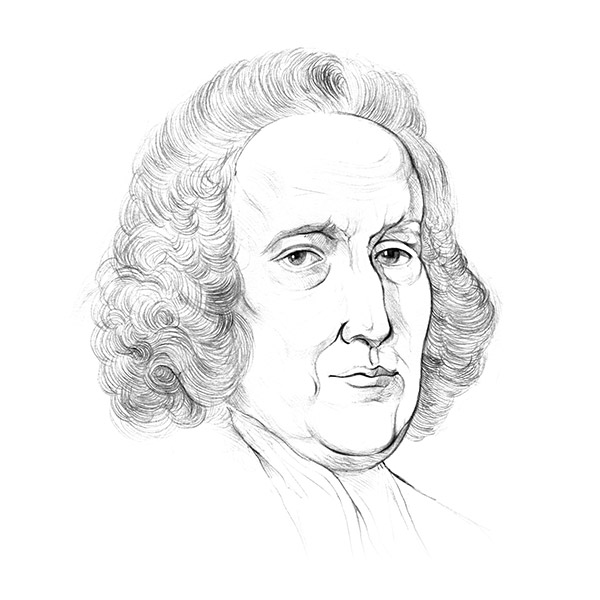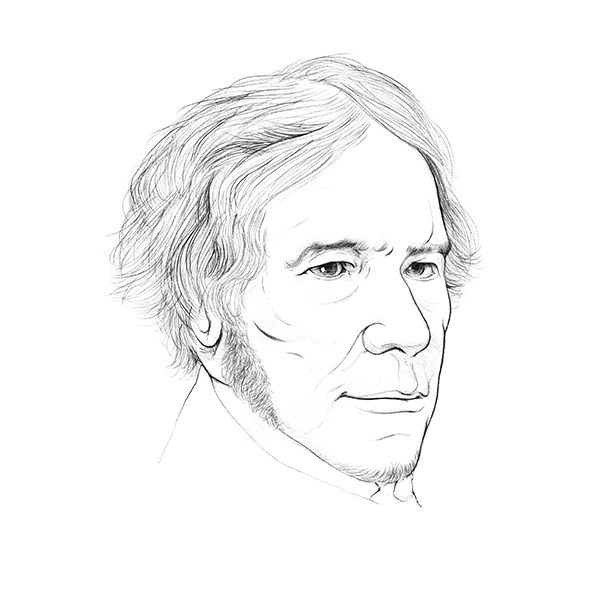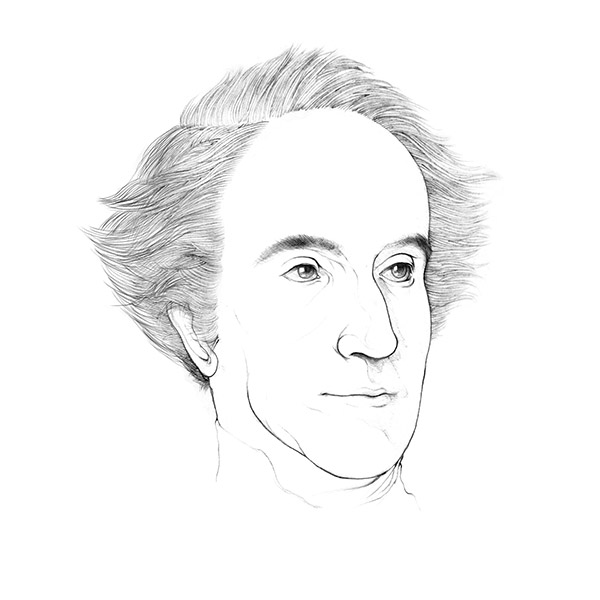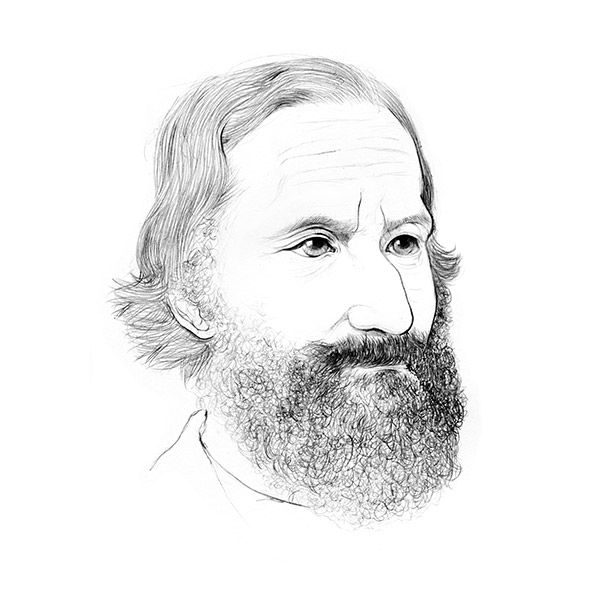John Mayow
1641-1679
John Mayow was born in about 1641 in England. Although his research on combustion and respiration was more advanced than his peers, few paid attention to his work during his time. There was even some controversy regarding his contribution to chemistry among historians. Today, however, it is accepted that Mayow’s experiments were innovative and well-reasoned. In the October of 1679, Mayow, less than 40 years old, died in London, England. The main scientific contributions of Mayow are:
Discovered that combustion and respiration were similar in terms of consuming a part of the air (i.e. oxygen), which he named “nitro-aereus”.
Pointed out that “nitro-aereus” entered animal lungs during respiration, and that muscle contraction and body heat were results of chemical reactions between “nitro-aereus” and substances in the body.
Mayow's Instruments
Above are Mayow’s apparatuses for studying combustion described in his Tractatus Quinque Medico-Physici published in 1674. He discovered that inside a container sealed by water, a burning candle (left, a photorealistic CG reconstruction can be found here) and combustion of inflammable substance ignited by fire glass both consumed a portion of the air, leading to the increase of water level inside the containers. When this part of air was used up, combustion stopped. Mayow named the air that supported combustion “nitro-aereus”. His experiments were advanced in his time. For example, at the beginning of the experiment, he used a U-shaped syphon to equalize the pressure inside and outside the container. For the burning candle experiment, the syphon was quickly removed after the container was in place. This procedure made the experiment more accurate.
Above are Mayow’s apparatuses for studying animal respiration described in his Tractatus Quinque Medico-Physici published in 1674 (a photorealistic CG reconstruction can be found here). He discovered that animal respiration was similar like combustion, both of which consumed a portion of the air. In the left apparatus, the respiration of a mouse caused the bladder membrane to bulge inside. In the right apparatus, the respiration of a mouse caused the water level to increase inside the container. When the part of air that support respiration was used up, animals died. Mayow thought that respiration and combustion were similar as both processes consumed the “nitro-aereus” (i.e. oxygen). Mayow argued that during reparation the nitro-aereus reacted with substances inside blood, providing body heat for the animals. This was an advanced view of respiration during that time.
Other Chemists




